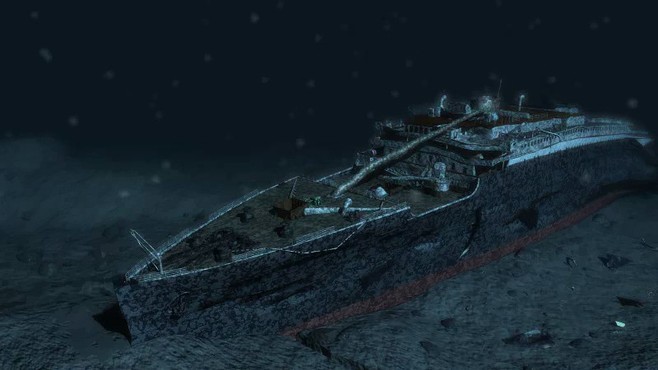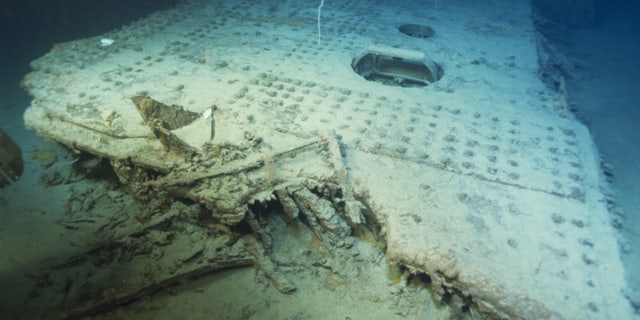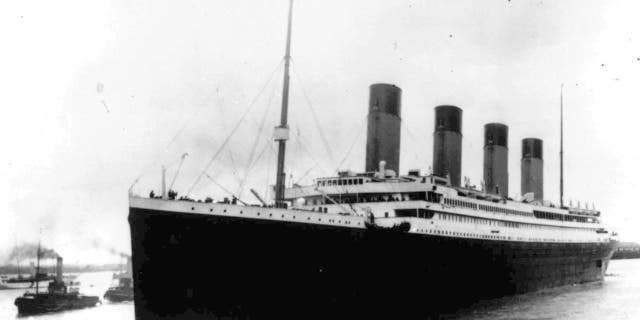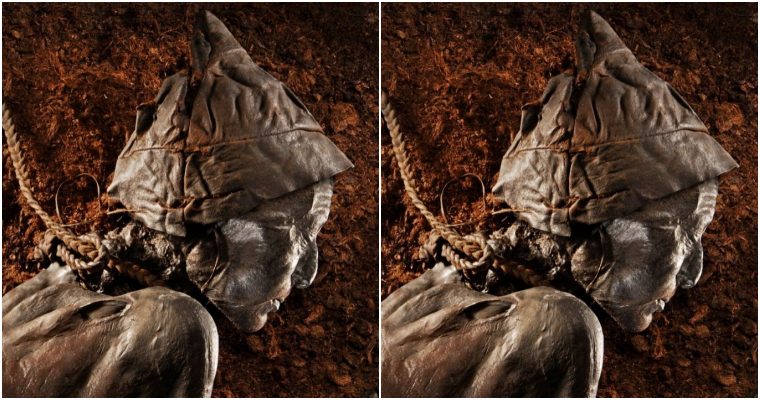Findings help researchers to understand deep-sea environments, including on and around the Titanic
A mystery involving the RMS Titanic has been solved 26 years later.

During an expedition to Newfoundland this summer, PH Nargeolet, veteran pilot of the submersible Nautile, and OceanGate Expeditions and its mission specialist Oisín Fanning announced they had discovered an “extremely productive and dense ecosystem” 2,900 meters deep near the North Atlantic Ocean wreck of the famous ship.
The provisionally named Nargeolet-Fanning ridge was initially recorded by Nargeolet in 1998 as a “blip” on sonar.

“We didn’t know what we would discover. On the sonar, this could have been any number of things including the potential of it being another shipwreck,” Nargeolet said in a news release. “I’ve been seeking the chance to explore this large object that appeared on sonar so long ago. It was amazing to explore this area and find this fascinating volcanic formation teeming with so much life.”

The wreck of the Titanic is located more than 400 miles from Newfoundland at a depth of around 4,000 meters (about 2.5 miles). It sank on April 15, 1912, after colliding with an iceberg on its maiden voyage.
Steve W. Ross, a research professor at the University of North Carolina Wilmington’s Center for Marine Science and OceanGate Expeditions chief scientist, said that the findings will help to better understand deep-sea environments.

“The apparently basalt volcanic formations are remarkable, and we are astonished at the diversity and density of the sponges, bamboo corals, other cold-water corals, squat lobsters and fishes that are thriving at 2,900 meters deep in the North Atlantic Ocean,” he said, noting that the newly revealed ecosystem allows scientists to make a comparison to the marine biology on and around Titantic.

Research work on the Titanic and its surroundings will continue next year with the support of OceanGate expeditions.








